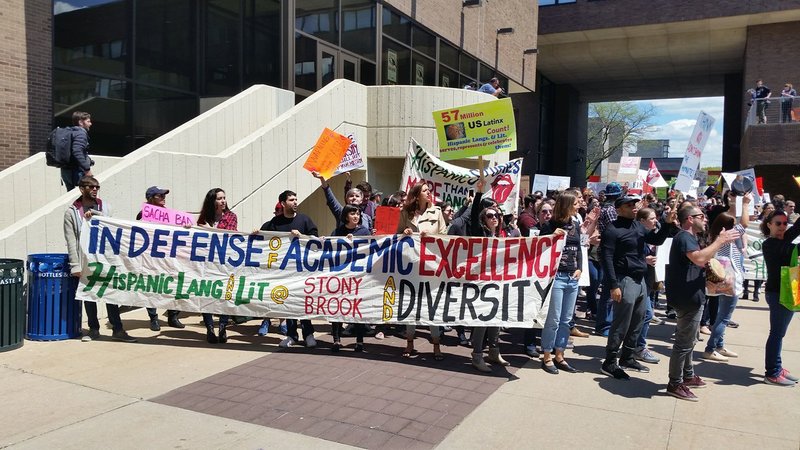The Parks to Ports Greenway that is being constructed along Route 347 has made the morning commute miserable for many, but what they don’t know is that the project is doing more than adding a few flowers and bike lanes– it’s making them healthier.
What began as a “vision plan for a green route 347” back in 2009 has become one part of a 13-phase project that spans 15 miles from Hauppauge to Port Jefferson, on Long Island, NY. The project is aimed at “protecting and improving the environment, safety and mobility, and integrating transportation systems into the fabric of communities” according to the New York State Department of Transportation.
But while it has been listed as the top priority of the project’s description, the environment has not always been a primary concern.
“I remember seeing the original drawing of what they wanted to do there,” Assemblyman Michael J. Fitzpatrick said. “Back then the attitude at DOT [Department of Transportation] was to move as many people as quickly and efficiently as possible… the changes in thinking at the DOT have been for the better, not only for the aesthetics, but for helping the environment.”
The Greenway improves the native wildlife habitat in several ways including wildlife habitat tunnels underneath the roadways for safe crossing, new nesting structures, and special drainage structures that filter out pollutants and eliminate direct discharge into Long Island’s wetlands.
It’s that last part that makes all the difference to residents. By creating special recharge basins, also known as “rain gardens,” the Greenway limits the pollutants that are carried from the road to our sources of water by runoff. Sarah Meyland, a professor of Environmental Technology and Sustainability at the New York Institute of Technology and a water specialist with a background in groundwater protection explained what these rain gardens look like:
“Typically people don’t recognize what they’re seeing,” Meyland said. “They might see strips of vegetation that don’t look like they’re being maintained, things that look a bit wild, it’s a little depression below the ground that channels rain and supports all of the plants growing there.”
These plants along Route 347, and especially those in the recharge basins, serve to filter out harmful materials that are carried off the pavement by rain before they can contaminate Long Island drinking water.
“A lot of chemicals can get on the streets; automotive oils and products that carry carcinogenic compounds can get picked up [by the runoff]. The more slowly these contaminants have to move through the environment– the plants and rain gardens– the more they reduce the exposure of these chemicals to fish, frogs, and all other wildlife,” Meyland said.
Long Island receives its water from underground wells rather than a river and that makes the water all the more susceptible, which can affect all residents, no matter what species.
“Even if we can’t see it, we are reducing the toxic exposure that all wildlife will have to cope with,” Meyland said.
So next time you’re stuck in traffic on Route 347 consider the good that the construction is doing. Parks to Ports Greenway is making Suffolk county a healthier and prettier place to live.




Comments are closed.